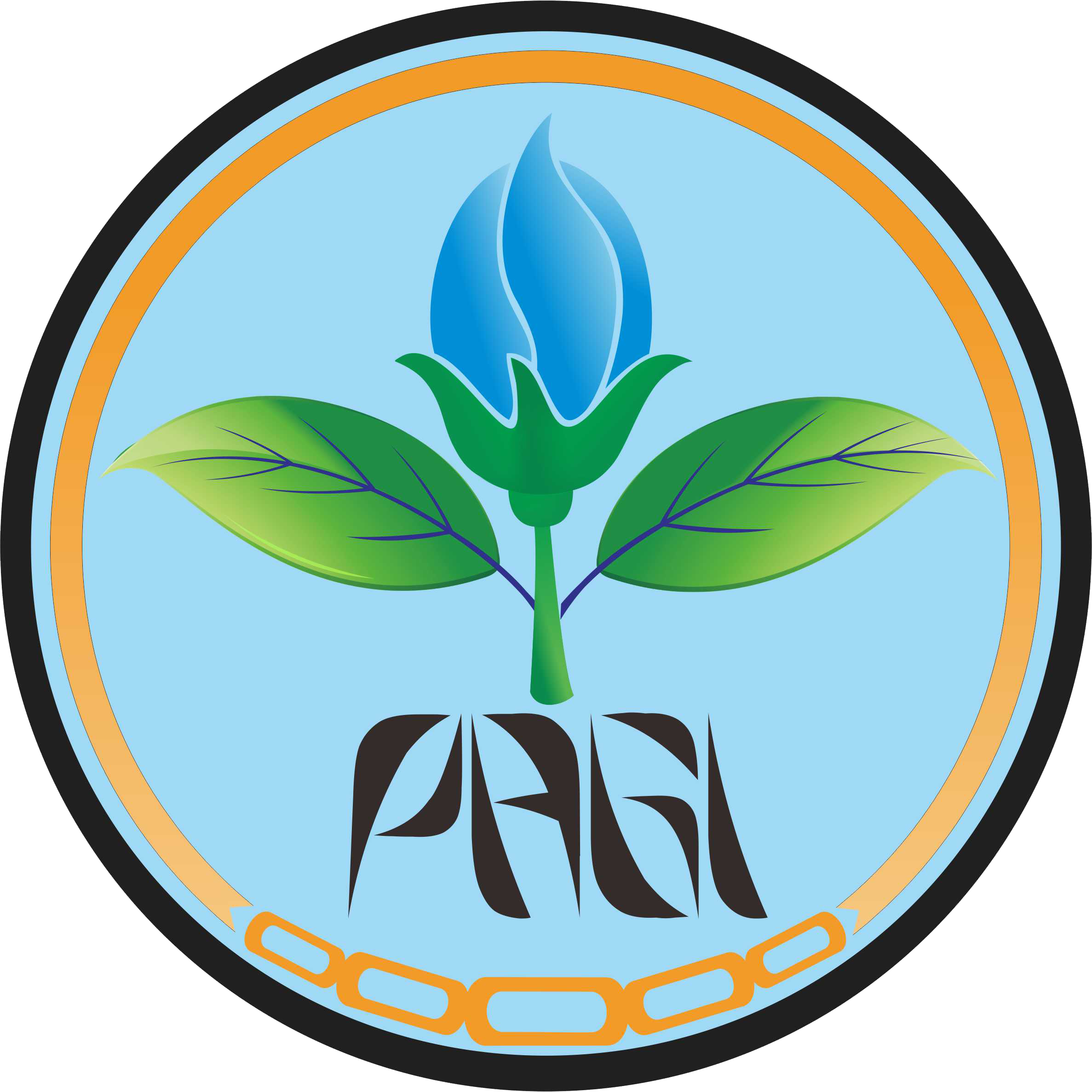Peran Vermikompos terhadap Morfofisiologi Kangkung Hidroganik
Abstract
Keywords
Full Text:
PDF(ID)References
Atiyeh RM, Domínguez J, Subler S, Edwards CA. 2000. Changes in biochemical properties of cow manure during processing by earthworms (Eisenia andrei, Bouché) and the effects on seedling growth. Pedobiologia (Jena). 44(6):709–724. doi: 10.1078/S0031-4056(04)70084-0.
Azarmi R, Giglou MT, Taleshmikail RD. 2008. Influence of vermicompost on soil chemical and physical properties in tomato (Lycopersicum esculentum) field. African J Biotechnol. 7(14):2397–2401.
Bachman GR, Metzger JD. 2007. Physical and Chemical Characteristics of a Commercial Potting Substrate Amended with Vermicompost Produced from Two Different Manure Sources. HortTechnology hortte. 17(3):336–340. doi:10.21273/HORTTECH.17.3.336.
Biederman LA, Harpole WS. 2013. Biochar and its effects on plant productivity and nutrient cycling: a meta-analysis. GCB Bioenergy. 5(2):202–214. doi:10.1111/gcbb.12037.
Bulgari R, Baldi A, Ferrante A, Lenzi A. 2017. Yield and quality of basil, Swiss chard, and rocket microgreens grown in a hydroponic system. New Zeal J Crop Hortic Sci. 45(2):119–129.
Grigatti M, Giorgioni ME, Ciavatta C. 2007. Compost-based growing media: influence on growth and nutrient use of bedding plants. Bioresour Technol. 98(18):3526–34. doi: 10.1016/j.biortech.2006.11.016.
Irawan B, Ariningsih E. 2014. Agribisnis Sayuran dan Buah: Peluang Pasar, Dinamika Produksi dan Strategi Peningkatan Daya Saing. In: Haryono, editor. Memperkuat Daya Saing Produk Pertanian. Jakarta: IAARD Press. p. 147–176.
Kaei-Kazzaz, El-Kazzaz A. 2017. Soilless Agriculture a New and Advanced Method for Agriculture Development: An Introduction. Agric Res Technol Access J. 3(2):63–72. doi: 10.19080/ARTOAJ.2017.03.555610.
Kaushik P, Garg VK. 2003. Vermicomposting of mixed solid textile mill sludge and cow dung with the epigeic earthworm Eisenia foetida. Bioresour Technol. 90(3):311–6. doi:10.1016/s0960-8524(03)00146-9.
Khan FA. 2018. A Review a Hydroponic Greenhouse Cultivation for Sustainable Agriculture. Int J Agric Environ Food Sci. 2(2):59–66. doi:10.31015/jaefs.18010.
Lazcano C, Arnold J, Tato A, Zaller JG, Domínguez J. 2009. Compost and vermicompost as nursery pot components: effects on tomato plant growth and morphology. Spanish J Agric Res. 7(4):944–951. doi:10.5424/sjar/2009074-1107.
Lazcano C, Domínguez J. 2011. The use of vermicompost in sustainable agriculture: impact on plant growth and soil fertility. In: Mohammad Miransari, editor. Soil nutrients. Vol. 10. Nova Science Publishers New York, NY. p. 187.
Liang B, Lehmann J, Solomon D, Kinyangi J, Grossman J, O’Neill B, Skjemstad JO, Thies J, Luizão FJ, Petersen J, et al. 2006. Black Carbon Increases Cation Exchange Capacity in Soils. Soil Sci Soc Am J. 70(5):1719–1730. doi:10.2136/sssaj2005.0383.
Lingga P. 2006. Hidroponik Bercocok Tanam tanpa Tanah. Jakarta: Penebar Swadaya.
Lordan S, Ross RP, Stanton C. 2011. Marine bioactives as functional food ingredients: potential to reduce the incidence of chronic diseases. Mar Drugs. 9(6):1056–100. doi:10.3390/md9061056.
Marsono, Sigit P. 2001. Pupuk Akar, Jenis Dan Aplikasinya. Jakarta: Penebar Swadaya.
Nurhidayati, Machfudz M, Murwani I. 2017a. Pertumbuhan, Hasil dan Kualitas Tanaman Brokoli (Brassica oleraceae L.) Sebagai Respon Terhadap Aplikasi Tiga Macam Vermikompos dengan Sistem Penanaman Secara Organik. In: Prosiding. Seminar Nasional. Fakultas Pertanian Universitas Nasional Jakarta. Vol. 8.
Nurhidayati, Machfudz M, Murwani I. 2017b. Direct and Residual Effect of Various Vermicomposton Yield and Qualityof Broccoli. J Appl Sci Res. 13(8):30–37.
Nurhidayati, Machfudz M, Murwani I. 2018. Direct and residual effect of various vermicompost on soil nutrient and nutrient uptake dynamics and productivity of four mustard Pak-Coi (Brassica rapa L.) sequences in organic farming system. Int J Recycl Org Waste Agric. 7(2):173–181. doi:10.1007/s40093-018-0203-0.
Nurhidayati N, Ali U, Murwani I. 2016. Yield and Quality of Cabbage (Brassica oleracea L. var. Capitata) Under Organic Growing Media Using Vermicompost and Earthworm Pontoscolex corethrurus Inoculation. Agric Agric Sci Procedia. 11:5–13. doi: 10.1016/j.aaspro.2016.12.002.
Nurhidayati, Usman A, Murwani I. 2015. Influence of the kind of vermicompost material and earthworm Pontoscolex corethrurus population on the yield and quality of phak-coi mustard (Brassica rapa L.) with organic potting media. In: Proceeding of the first international conference on life science and biotechnology exploration and conservation of biodiversity. p. 168–176.
Pant A, Radovich TJK, Hue NV, Arancon NQ. 2011. Effects of Vermicompost Tea (Aqueous Extract) on Pak Choi Yield, Quality, and on Soil Biological Properties. Compost Sci Util. 19(4):279–292. doi:10.1080/1065657X.2011.10737010.
Papafotiou M, Kargas G, Lytra I. 2005. Olive-mill Waste Compost as a Growth Medium Component for Foliage Potted Plants. HortScience. 40(6):1746–1750. doi: 10.21273/HORTSCI.40.6.1746.
Pracaya. 2009. Bertanam Sayur Organik. Jakarta: Penebar Swadaya.
Razzaghifard SA, Gholipouri A, Tobeh A, Reza mousavi meshkini S. 2017. Effect of mycorrhiza, vermicompost and nanofertilizer on quantitative and qualitative characteristics of Cucurbita pepo L. Eur J Hortic Sci. 82(2):105–114. doi:10.17660/eJHS.2017/82.2.6.
Resh HM. 2012. Hydroponic food production: a definitive guidebook for the advanced home gardener and the commercial hydroponic grower. 7th ed. Boca Raton, FL: CRC Press.
Sallaku G, Babaj I, Kaciu S, Balliu A. 2009. The influence of vermicompost on plant growth characteristics of cucumber (Cucumis sativus L.) seedlings under saline conditions. J Food, Agric Environ. 7(3&4):869–872.
Sani B. 2015. Hidroponik. Jakarta: Penebar Swadaya.
Sengupta A, Banerjee H. 2012. Soil-less culture in modern agriculture. World J Sci Technol. 2(7):103–108.
Sharma N, Acharya S, Kumar K, Singh N, Chaurasia OP. 2018. Hydroponics as an advanced technique for vegetable production: An overview. J Soil Water Conserv. 17(4):364. doi:10.5958/2455-7145.2018.00056.5.
Singh U, Giller KE, Palm CA, Ladha JK, Breman H. 2001. Synchronizing N Release from Organic Residues: Opportunities for Integrated Management of N. Wisniewski J, editor. Sci World J. 1:880–886. doi:10.1100/tsw.2001.361.
Tumburu L, Andersen CP, Rygiewicz PT, Reichman JR. 2017. Molecular and physiological responses to titanium dioxide and cerium oxide nanoparticles in Arabidopsis. Environ Toxicol Chem. 36(1):71–82. doi:10.1002/etc.3500.
Wintermans JFGM, De Mots A. 1965. Spectrophotometric characteristics of chlorophylls a and b and their phenophytins in ethanol. Biochim Biophys Acta - Biophys Incl Photosynth. 109(2):448–453. doi:10.1016/0926-6585(65)90170-6.
Wirosaputro S, Sumartini T. 2016. Chlorella: makanan kesehatan global alami. UGM PRESS.
Refbacks
- There are currently no refbacks.






